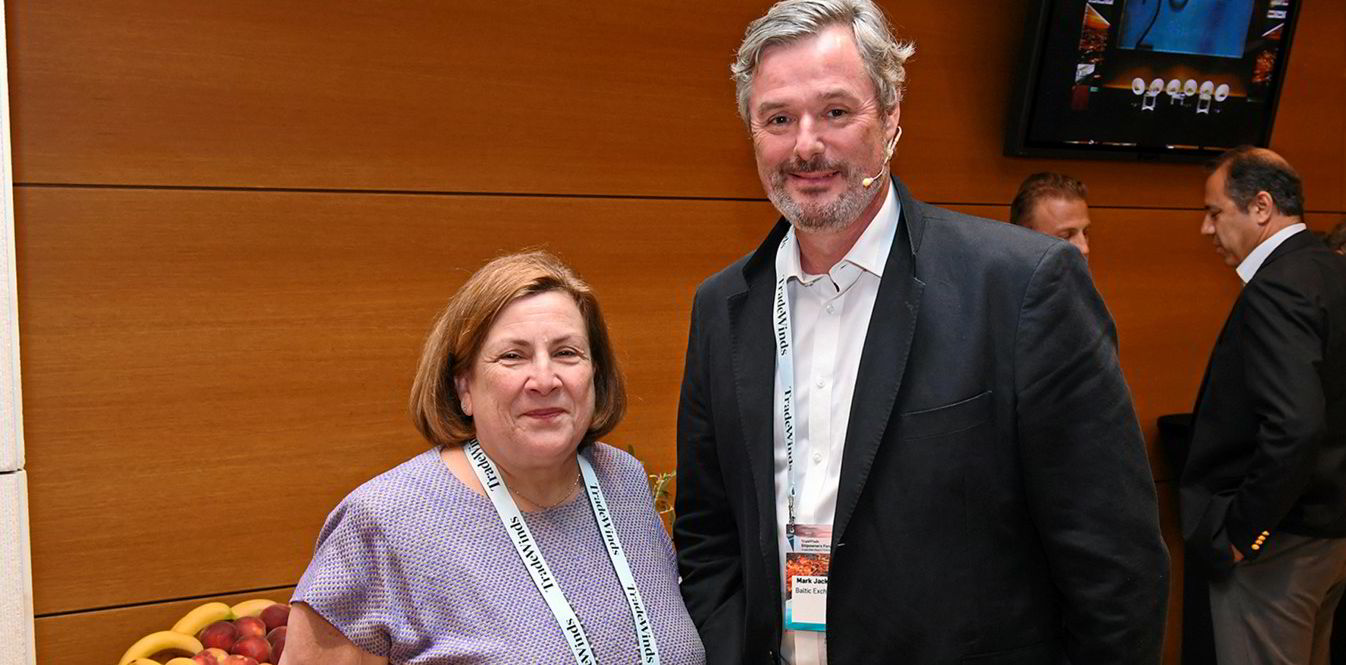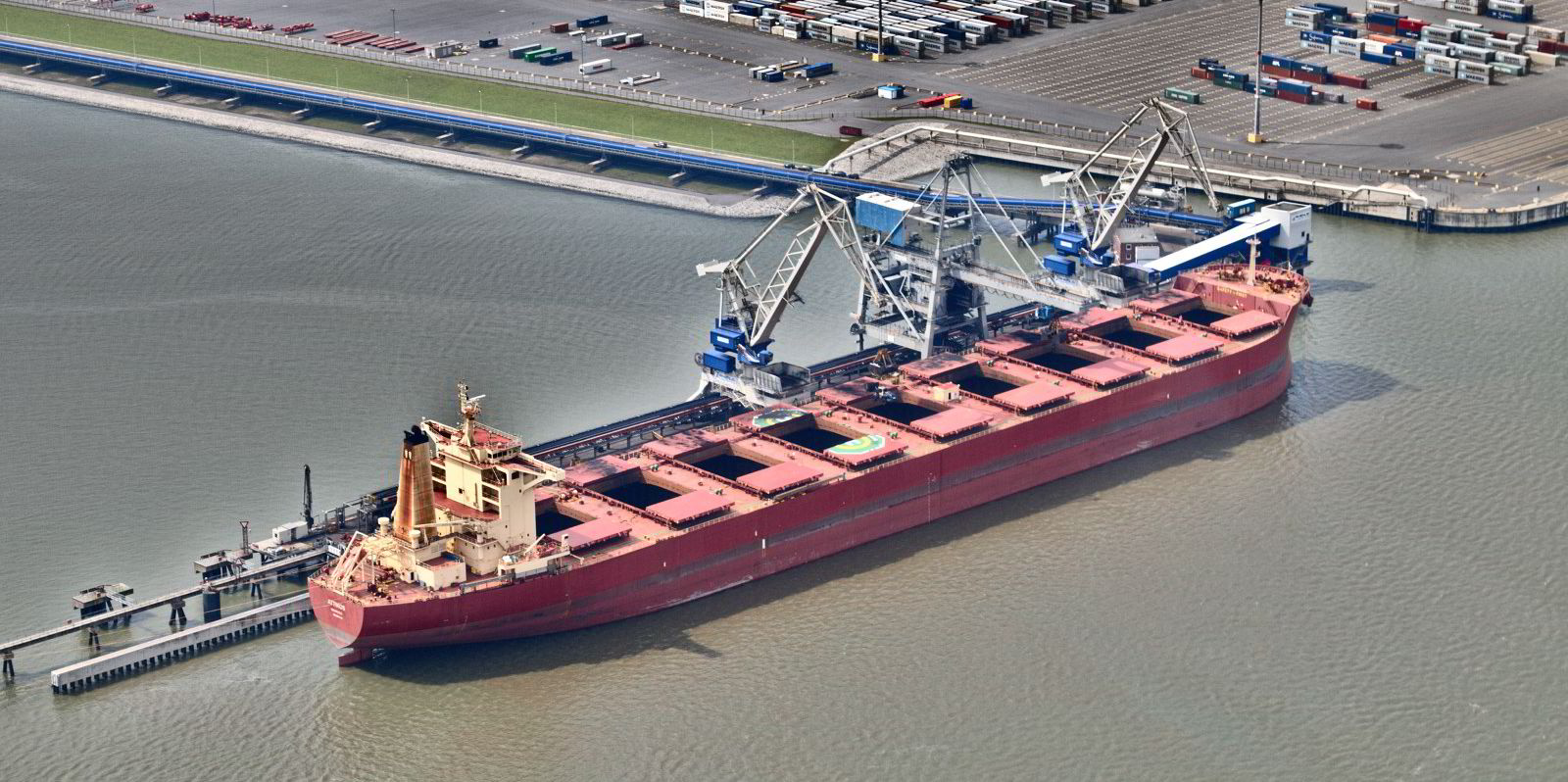Clarksons Research's latest commodity price figures make potentially good reading for bulker owners.
The research arm of the UK shipbroking group said its "basket" index for dry bulk in October eclipsed 2008's peak.
Analyst David Whittaker said rising energy costs have been in focus this year, with coal a key component.
Rebounding economic and industrial activity, as well as some supply constraints, drove Newcastle thermal coal prices well above $200 per tonne for the first time in October, he calculated.
Some Chinese spot benchmarks were even talked about north of $300 per tonne amid short supplies, Clarksons Research said.
The Chinese government has taken steps to boost supply in the vast domestic market, prompting prices to slip back to about $155 per tonne by late November.
"But even this remains historically firm," Whittaker said. The average price since 2009 has been $87 per tonne.
However, he said: "While tight markets in key regions have undoubtedly added impetus to seaborne coal trade, it is worth noting that our seaborne coal trade volume index remains below the pre-pandemic high-water mark."
While up 12% year on year in October, volumes were still 4% shy of 2019 levels.
Demand 'tarnished'
Positive drivers remain, however, with Chinese imports 14% ahead of 2019's figures in October.
The recent correction in prices could prompt some price-sensitive consumers, such as those in India, back to the seaborne market, and gas prices remain extremely high in Europe and Asia, making coal more competitive, Whittaker believes.
Earlier in the year, however, it was iron ore prices stealing the headlines. Amid rebounding industrial activity in China, and with stimulus measures adding support, benchmark spot iron ore prices averaged a record $214 per tonne in June.
Since then, China's steel sector has been affected by unprecedented government curbs, and demand-side headwinds, notably in the property sector, Clarksons Research said.
Prices traded below $100 per tonne in mid-November. Seaborne trade impacts are nuanced, but demand has clearly been tarnished somewhat, the company argued.
Clarksons Research's seaborne iron ore trade indicator was down 1% year on year in the third quarter.
"So, 2021 has been a roller coaster for commodity prices, with the dry bulk sector no exception," Whittaker concluded.
"Unpicking the seaborne implications of commodity price swings can be complex, but gains this year highlight the firm rebound in demand seen for most commodities."






